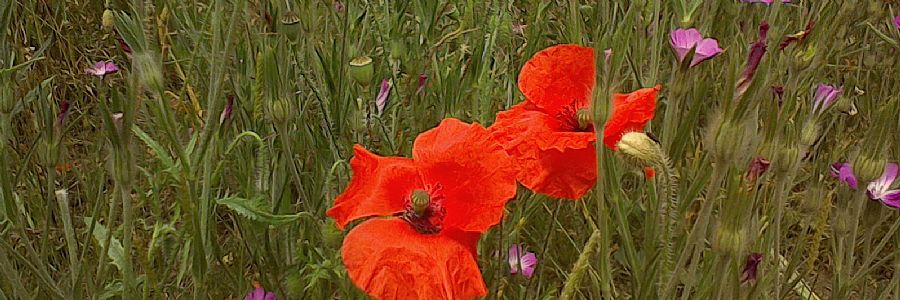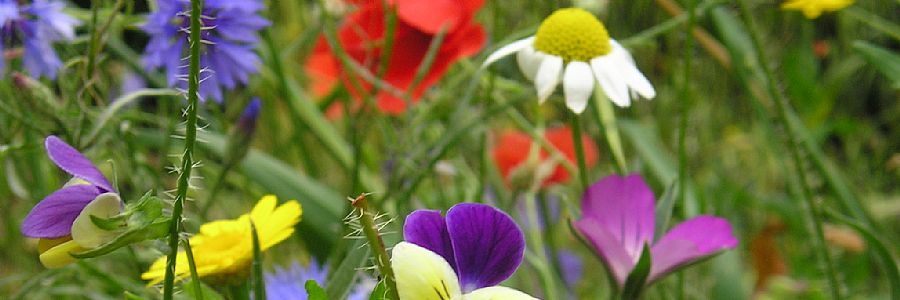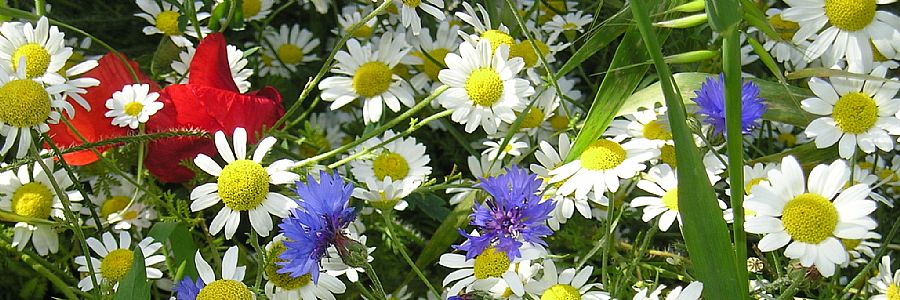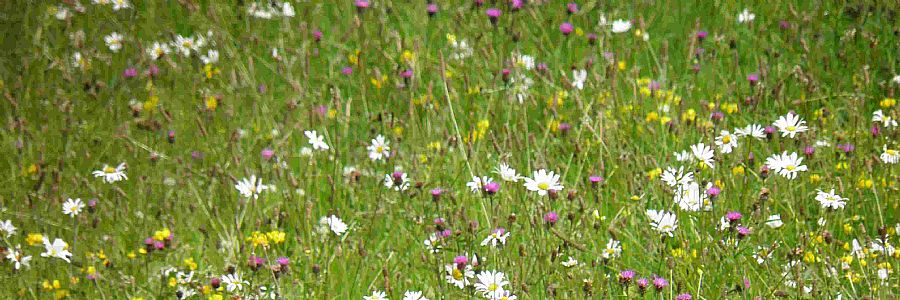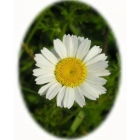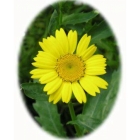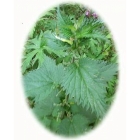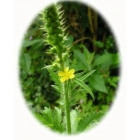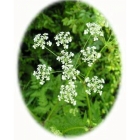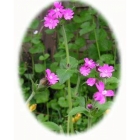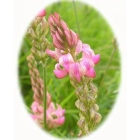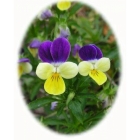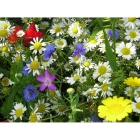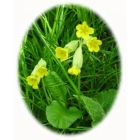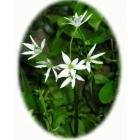***CELEBRATING 30 YEARS OF SUPPLYING WILDFLOWERS***
Please note that we are currently unable to accept credit or debit card payments for orders placed over the phone.
Welcome to Wildflowersuk.com
Welcome to wildflowers UK , the website of Yellow Flag Wildflowers. We are based in Gloucestershire and have specialised exclusively in the supply of native British Wildflower mixes, meadow seeds, and bulbs since 1994 originally supplying our products by mail order catalogue. Over the last 25 years we have built a reputation for competitive pricing, high quality products, and excellent customer service. Our customers include, local authorities, schools, landscapers, wildlife trusts and gardeners based in the UK. All our seed is sourced in the United Kingdom and unless otherwise stated is of Native UK provenance. Our products are suitable for habitat restoration and throughout the year it is possible to purchase wildflowers for almost every situation, from small garden "mini-meadows" to large-scale habitat creation projects.
When it comes to wildflowers, we think 1 video is worth a thousand photos, and our site features hundreds of stunning wildflower videos, filmed ourselves and showing many of the seeds and plants that we sell flowering in their natural habitats.
Our site uses Pay 360 by Capita (previously PayPoint.net) fully secure complete online payment service offering our customers maximum levels of security. To navigate the various categories we recommend using the green menu bar at the top of the screen and then tap/click the mauve links or wildflower images. Alternatively you can use the product search box just below the top menu or the site map page. Discover more below on how to order through our site and where to find help and advice.
***PLEASE NOTE: WE ARE CURRENTLY ONLY ABLE TO SEND ORDERS TO ADDRESSES WITHIN GREAT BRITAIN***
Welcome to wildflowers UK , the website of Yellow Flag Wildflowers. We are based in Gloucestershire and have specialised exclusively in the supply of native British Wildflower mixes, meadow seeds, and bulbs since 1994 originally supplying our products by mail order catalogue. Over the last 25 years we have built a reputation for competitive pricing, high quality products, and excellent customer service. Our customers include, local authorities, schools, landscapers, wildlife trusts and gardeners based in the UK. All our seed is sourced in the United Kingdom and unless otherwise stated is of Native UK provenance. Our products are suitable for habitat restoration and throughout the year it is possible to purchase wildflowers for almost every situation, from small garden "mini-meadows" to large-scale habitat creation projects.
When it comes to wildflowers, we think 1 video is worth a thousand photos, and our site features hundreds of stunning wildflower videos, filmed ourselves and showing many of the seeds and plants that we sell flowering in their natural habitats.
Our site uses Pay 360 by Capita (previously PayPoint.net) fully secure complete online payment service offering our customers maximum levels of security. To navigate the various categories we recommend using the green menu bar at the top of the screen and then tap/click the mauve links or wildflower images. Alternatively you can use the product search box just below the top menu or the site map page. Discover more below on how to order through our site and where to find help and advice.
***PLEASE NOTE: WE ARE CURRENTLY ONLY ABLE TO SEND ORDERS TO ADDRESSES WITHIN GREAT BRITAIN***
FREE DOWNLOADS:
Products
Our products fall into the following 4 groups, Mixtures, Wildflower Seeds, Wildflower Bulbs and Plants for Pollinators. These are displayed on the green menu bar at the top of all screens and also below. Within these groups are a total of 10 different categories as summarized below.
To begin browsing click or tap one of the mauve links below and then use the green menu bar above, to browse other categories.

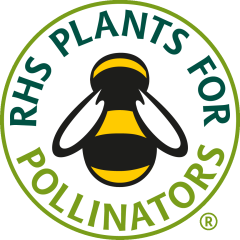
Many of the wildflower seeds and wildflower seed mixes that we sell are nectar rich and ideal for attracting bees and other pollinating insects. By growing these plants you can help reverse the current decline in Bee populations. The seeds and mixtures in this category all carry the RHS "Plants for Pollinators" logo. The RHS Plants for Pollinators mark is only given to plants that support pollinating insects in gardens. Bees, butterflies, moths, hoverflies and many others visit flowers to feed on nectar and pollen; while doing so they transfer pollen and increase seed set and fruit development. Find out more at: rhs.org.uk/plants
To begin browsing click or tap one of the mauve links below and then use the green menu bar above, to browse other categories.

RHS "PLANTS FOR POLLINATORS" WILDFLOWERS AND WILDFLOWER SEED MIXES (browse our range of wildflower mixtures and over 100 individual seeds perfect for pollinating insects such as bees).

Many of the wildflower seeds and wildflower seed mixes that we sell are nectar rich and ideal for attracting bees and other pollinating insects. By growing these plants you can help reverse the current decline in Bee populations. The seeds and mixtures in this category all carry the RHS "Plants for Pollinators" logo. The RHS Plants for Pollinators mark is only given to plants that support pollinating insects in gardens. Bees, butterflies, moths, hoverflies and many others visit flowers to feed on nectar and pollen; while doing so they transfer pollen and increase seed set and fruit development. Find out more at: rhs.org.uk/plants
WILDFLOWER AND MEADOW GRASS MIXTURES (traditional mixtures of meadow grass and perennial Wild flowers for different situations and soil types such as clay, loam or fertile soils, wetlands, woodlands and hedgerows)
CORNFIELD ANNUALS (an ever-popular range of easy to grow Cornfield annuals can be sown alone or added to perennial wild flower mixes as a nurse crop for optional flowering and reduced maintenance in the first season).
100% WILDFLOWER MIXTURES (mixtures of 100% Native wildflower seeds for traditional meadows)
CORNFIELD ANNUALS (an ever-popular range of easy to grow Cornfield annuals can be sown alone or added to perennial wild flower mixes as a nurse crop for optional flowering and reduced maintenance in the first season).
100% WILDFLOWER MIXTURES (mixtures of 100% Native wildflower seeds for traditional meadows)
INDIVIDUAL WILDFLOWER SEEDS (choose from our range of over 150 Native wildflower species such as Yellow Rattle, Oxeye daisy, Scabious, Knapweeds, Cornflower and Corn Poppy)
WILDFLOWER SEED SELECTIONS (in total 19 selections for all situations and wildlife including wildflowers for bees, birds and butterflies)
WILDFLOWER GARDENING KITS (5 different sized packs, each containing enough seed to form a complete Wildlife garden. Simply mark out the different habitats and sow the seed ideally in spring or autumn).
INDIVIDUAL MEADOW GRASSES (A range of over 20 native meadow grasses such as Quaking grass, and Cocksfoot)
WILDFLOWER SEED SELECTIONS (in total 19 selections for all situations and wildlife including wildflowers for bees, birds and butterflies)
WILDFLOWER GARDENING KITS (5 different sized packs, each containing enough seed to form a complete Wildlife garden. Simply mark out the different habitats and sow the seed ideally in spring or autumn).
INDIVIDUAL MEADOW GRASSES (A range of over 20 native meadow grasses such as Quaking grass, and Cocksfoot)
INDIVIDUAL WILDFLOWER BULBS (A range of 10 individual wildflower bulbs such as English Bluebells, Wild Daffodils etc chosen to suit a wide range of habitats, and available for dispatch in October and November)
“IN THE GREEN” SNOWDROPS (Freshly lifted "in the green" Snowdrops available in multiples of 100 for dispatch in early to Mid-March).
Help and advice:
To discover new ways of creating beautiful wildflower meadows and find information relating to the use of our products, we recommend the following:
1. General information such as sowing rates and mixture contents can normally be found on the product details page. Look for the mauve "view details" buttons.
2. Read our blog where you will find various articles explaining how to grow native british wildflowers and establish wildflower meadows.
3. Download our Wildflower manual as a pdf. This document contains basic information relating to the sowing and aftercare of wildflower seeds together with details on the use of wildflower plugs and bulbs.
4.Use the product word search box to find mixes and wildflowers suitable for specific habitats. This can be found near the top left off our webpages. Type in search terms such as "woodland", "orchards" or "ponds for example. The search box can also be used to find wildflowers of a particular colour or to search on a product order code if required.
5. Visit our YouTube channel where you will find various videos such with tips on how and where to grow wildflowers. We will be adding more videos in future.
6. Visit our latest news page where we will add any important announcements and include links to latest articles.
7. Feel free to call us on 01452 311525 or email us. We will be happy to help.
“IN THE GREEN” SNOWDROPS (Freshly lifted "in the green" Snowdrops available in multiples of 100 for dispatch in early to Mid-March).
Help and advice:
To discover new ways of creating beautiful wildflower meadows and find information relating to the use of our products, we recommend the following:
1. General information such as sowing rates and mixture contents can normally be found on the product details page. Look for the mauve "view details" buttons.
2. Read our blog where you will find various articles explaining how to grow native british wildflowers and establish wildflower meadows.
3. Download our Wildflower manual as a pdf. This document contains basic information relating to the sowing and aftercare of wildflower seeds together with details on the use of wildflower plugs and bulbs.
4.Use the product word search box to find mixes and wildflowers suitable for specific habitats. This can be found near the top left off our webpages. Type in search terms such as "woodland", "orchards" or "ponds for example. The search box can also be used to find wildflowers of a particular colour or to search on a product order code if required.
5. Visit our YouTube channel where you will find various videos such with tips on how and where to grow wildflowers. We will be adding more videos in future.
6. Visit our latest news page where we will add any important announcements and include links to latest articles.
7. Feel free to call us on 01452 311525 or email us. We will be happy to help.
Ordering:
Throughout
our site you will find discounted prices based on quantities ordered.
We are non-vat registered, so the price you see for products, is the
price you pay. A small charge to cover post and packing (based on order
value) will be clearly displayed in the shopping cart before you submit
your order and there is no minimum order value. Click here for delivery information. Our
site uses Pay 360 by Capita (previously PayPoint.net) fully secure complete online payment service
and there are additional options for payment by PayPal, Cheque, or
Direct transfer. We operate with 3D secure and are fully pci compliant
offering
you the maximum levels of security. Click here for more ordering information. We are
here to help, so if you have a query, please feel free to email or call
us on 01452 311525. Please note that unfortunately we are currently UNABLE to accept credit or debit card payments for orders placed over the telephone.PLEASE NOTE: WE ARE CURRENTLY ONLY ABLE TO DISPATCH ORDERS TO ADDRESSES WITHIN GREAT BRITAIN.
OUR SHOPPING CART IS LIMITED TO A MAXIMUM OF 100 ITEMS.
IF YOU WISH TO ORDER MORE THAN 100 ITEMS PLEASE PLACE AS A SEPARATE ADDITIONAL ORDER OR CONTACT US FIRST.
Latest videos:
Please click here to view our latest videos of some summer flowering wildflowers on our YouTube channel
11th May 2016 (9 videos added including)
Dandelion, Common Field Speedwell, Winter Aconite, Wild daffodils and Wild Primroses, Star of Bethlehem, Forget-me-Not, Cowslips, and Cuckooflowers at sunset.
Our Special Offers

